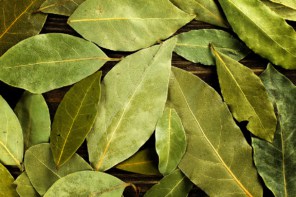
Europe’s olive trees are succumbing to a bacterium spread by sap-feeding insects. But remote imaging from planes or drones could detect infected trees before their symptoms appear.
Although common in the Americas, the Xylella fastidiosa bacterium spread to Europe only recently. It has destroyed many olive orchards in Italy’s Apulia region. There is no cure so culling of infected trees to prevent further spreading of the disease is the only option. That means earlier detection is crucial.
“The spread of plant diseases is predicted to become an increasing problem with climate change, including for the UK,” said Rocio Hernandez-Clemente of Swansea University, UK. “International cooperation is essential for early detection, to control damage and prevent spread. This study demonstrates the possibility of detection of symptoms at an early stage, and may be adapted to drones and aircraft for widespread use”.
Xylella causes disease in more than 350 plants but olive trees are particularly vulnerable. Infection causes their branches and twigs to wither, and their leaves to scorch.

The remote sensing technique discovers the infection using cameras that perform hyperspectral and thermal image analysis. The team also tested trees on the ground to confirm their findings were accurate.
“Our study found that the effects of the bacterial infection can be remotely detected before any visible symptoms appear, allowing for rapid and accurate mapping of Xylella-infected olive trees across target orchards,” said Peter North of Swansea University, UK.
The team reported their results in Nature Plants.



